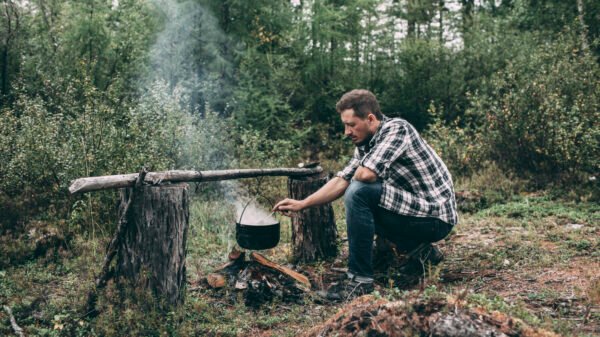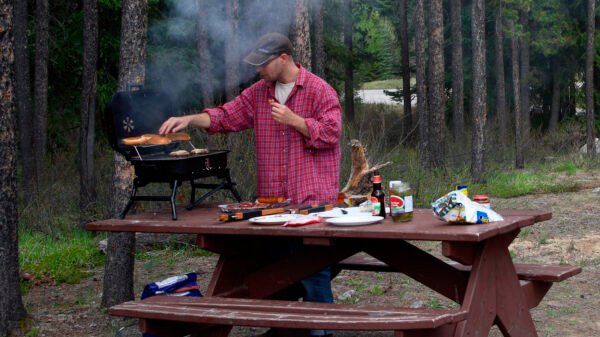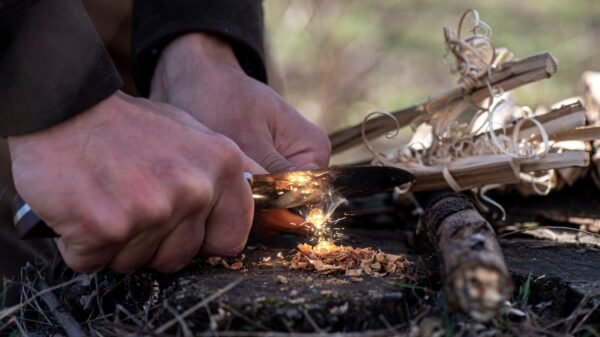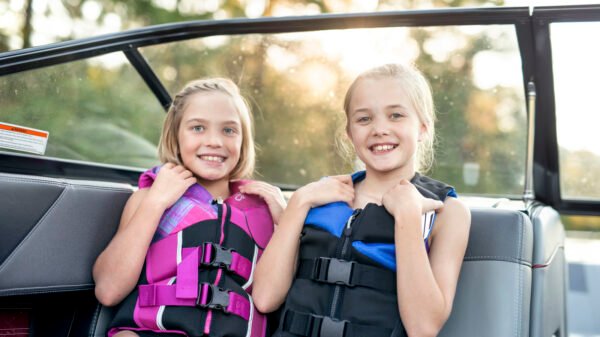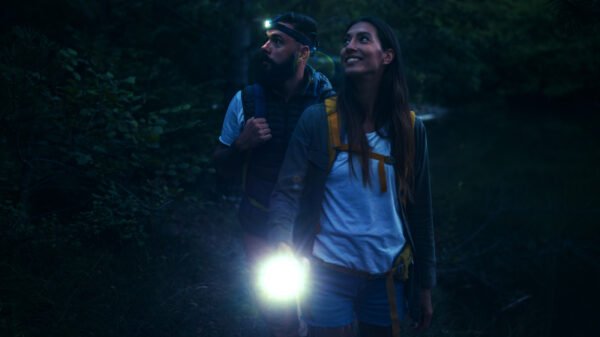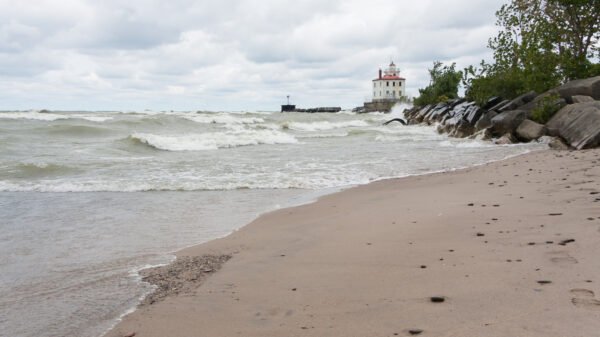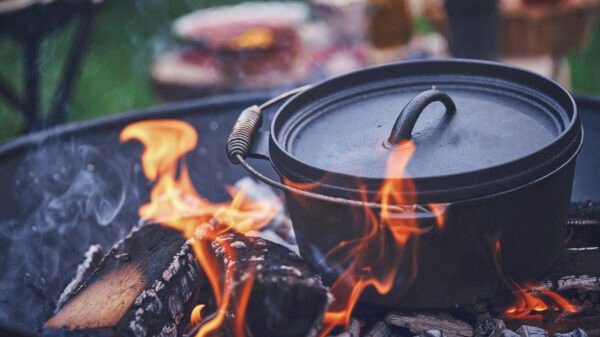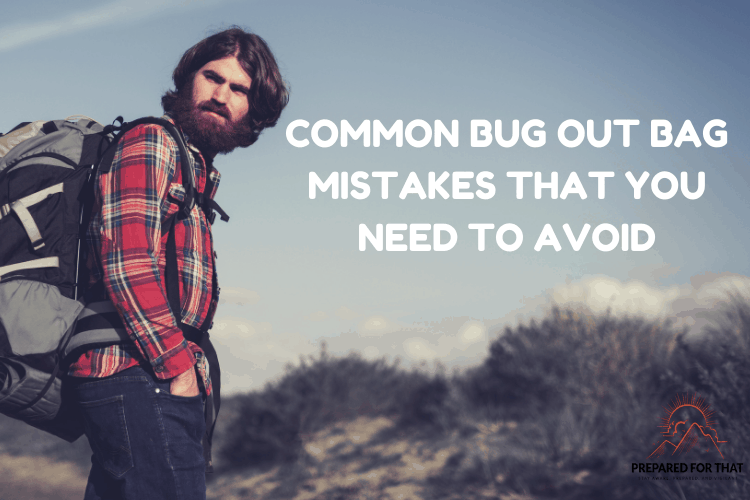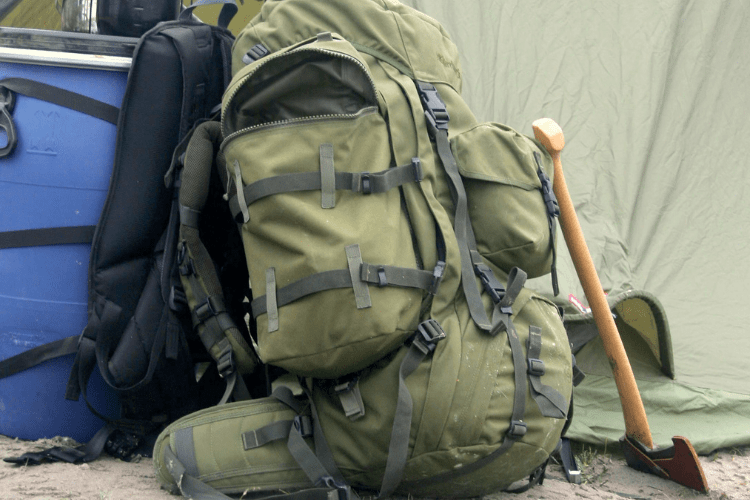The bugout bag is essential to anyone keen on preparedness. It is an important element you cannot take for granted when things get tough and disaster strikes. Take your time to learn about preparedness, reading books and blogs and watching TV shows about preparedness.
If you have to leave your home during a disaster, you may not know when you can return. Because of this, if you make mistakes in preparing your bugout bag, you could be in a lot of trouble. Here are some of the most common mistakes people make with bugout bags.
Your bag may be too heavy, have too little room for necessities, or the overall appearance may be unsuitable. Getting an inadequate bag will reduce your chances of survival in a bugout situation.
What Is a Bug Out Bag?
A bugout bag is a small, lightweight backpack containing essential items in an emergency. These might include food, water, shelter, and medical supplies. The purpose of having one is to allow you to evacuate safely if the situation becomes unsafe or life-threatening.
Some recommend storing your bugout bag where it’s weatherproof and easy to access. You may also want to include items like first aid kits and flashlights to avoid wasting time during an evacuation. And finally, remember that whatever you put into your bugout bag should be portable so you can take it with you on short notice.
Your bugout bag is your ultimate survival kit and bugout bag shelter, the one thing that will house everything you need to get you through whatever disaster situation you happen to find yourself in.
When preparing your bag, remember that this is meant to carry only the necessary things. Ou knows you are not planning a holiday experience somewhere in the wild. Ou is trying to get as far away as possible from a disaster.
You remembered the bugout bag because besides keeping all your introductory, essential provisions in it, it is supposed to keep you going for at least three days, not a year, so plan accordingly when you are packing.
Why You Need a Bug Out Bag?
The Federal Emergency Management Agency (FEMA) is one of the primary sources of legitimate and accurate information on the bugout bag and where preppers usually seek expert advice.
The bugout bag is essential, not just to you but to those you love. T is packed with necessities to help you to survive a disaster ordeal. Natural or otherwise, emergencies often strike without notice. His should be reason enough to get you planning for the worst-case scenario.
Imagine a situation where there is a chemical spill, and you must evacuate immediately, or if there has been an earthquake, you have to get as far away from the area as possible. How would you handle this situation?
Take some time and imagine if you were given 15 minutes to leave your house and vacate to safety. what would you carry? How would you leave behind? It is for this reason that you need to have a bugout bag.
A bugout bag is all about preparedness. This is not something you will pack overnight and be ready to go. This is something that you should prepare for many weeks or even months in advance. Repairing a bugout bag ahead of time helps you carefully plan what to take.
Also, updating the bag regularly keeps the contents relevant to your needs. It is all about making sure that you don’t get caught unawares. W en preparing the bag, you have to mind every room in the house. E essential aspect of the room must be considered so that you do not risk leaving behind anything that you would find helpful in the long run.
Don’t Select the Wrong Bug Out Bag: Picking Haphazardly.
You need to spend some time and select your bugout bag carefully. T is bag could be your lifeline for several days. Many people often look at bugout bags they find on websites and purchase them just because they think they look fantastic. N . T be precise, there was a time when I was checking out a bugout bag that was being reviewed on a particular website that I used to frequent.
This bag was hyped as a military-type bag and seemed to have a lot of room. With a lot of room and the military concept behind the bag, I was hooked on it, considering that these guys spend a lot of time on the road, so it sounded like a good buy. B sides, the bag looked cool to me too.
I immediately made an order. W en I got the bag, it was just as I had hoped for, with all the cool compartments. O the other hand, the bag weighed close to six pounds without anything inside. H w would I carry this after packing all the stuff I wanted in my tiny size? L luckily, I happened to know someone big enough who could make some good use of it.
So, what did I learn here? W en you want to purchase a bugout bag, it is essential to ensure that you try it out before placing an order. While today we are fascinated with shopping online, when it comes to your bugout bag, take your time and purchase it in a store. Try it out; make sure it fits and is functional, and then you can take it home.
Before you purchase the bag, go to stores where these bags are sold, like an academy or any sports store that stock such. Speak to their salespersons and tell them what you need. T take your time and find a bag that fits your size, shape, and physique and will not become a bother when you use it.
Try to walk around in the bag for at least 10 or 20 minutes inside the store and determine whether it will be comfortable. R member that those 20 minutes are crucial to you since you could carry the bag for days. To know if the size will be perfect for you, try inserting some weights to see if it is manageable.
Eventually, I found one perfect for me, but I can guarantee that I had to be very patient to find what I wanted.
Purchasing a Bag That Stands Out Doesn’t Blend In, The Attention Seeker Bugout Bag
I always thought people with esteem issues were the ones who were attention seekers until I came across particular bugout bags that did just that. F om my experience, you need a bag that does not attract unnecessary attention. Of particular note is the color of the bag. You need not pick a bag with screaming colors. Y, you don’t want to get all the wrong attention directed towards you. I yours has bright colors, you may have just turned yourself into an easy target.
I suIn a situation, you should look for something functional rather than fashionable. To avoid this, always go for dark and plain-colored bags, with careful choices in navy, black, grey, or khaki-colored bags. A the same time, focus on the design of the bag. Make sure that it is not too fancy.
When packing, always try not to pack anything outside the bag, especially anything that chimes or jingles, because this could attract the attention of not only people who are looking to steal the contents of your bugout bag but also animal predators that might also lie in wait.
Packing Too Little Food or Water, Which is More Important?
As we said earlier when it comes to survival outside your home if a disaster, water is at the top of the list of what you’ll need. You must carry enough water to get you from one point to another. Packing water purifiers and iodine tablets to use in case you come across a source of water that might be contaminated are also a must.
But what happens if you never come across a source of water? A ways to make sure that you carry with you as much water as you could need.
Packing Unnecessary Equipment and Items, Don’t Overload The Bag
A lot of people make the error of panic-packing their bugout bags. You must know how much weight is enough for you to tug along and what should be in the bag.
The highest weight suggested for you to tug along should be on the higher side of a quarter or a third of your weight. S ill, a third of one’s weight is an extreme measure for those built for this kind of thing. Since not everyone has the build for it, hauling around a third of your weight through rugged terrain and many other dangerous conditions is not easy.
When packing, you need to remember the possibility of walking through treacherous conditions, running for your life, or even having to stay still and wait for some uncertain situation to pass before you can continue your journey. As has been said, always plan for the worst, but hope for the best.
Forgetting The Children’s Bug Out Bag
Understandably, you will end up packing a lot of supplies for your children inside your bugout bag, but at the same time, consider packing some supplies for them in their bags that they can carry with them. T will include snacks, small toys, or anything that can make them comfortable.
The best thing about this is that carrying their bags will have eased enough space on yours to carry other helpful stuff you will need. O course, you should not overload your kids’ bags because this will only slow down your journey and give you twice the challenge you are trying to avoid.
Keep In Shape, and Understand How Much You Can Physically Carry
Keeping in shape is essential when planning for emergencies. Once, I was walking down the street, and I happened to chance upon some guy pacing on the sidewalk early in the morning with a big backpack. I questioned what he was doing, thinking that the weather was fine and no disasters had been reported on the news for a long time.
But, since I was an early morning jogger, I had the chance to meet him again a few more times. T e third time I met him, I gathered some strength and asked him what he was doing. He told me he was getting in shape for a backpacking trip he had planned for a few months. T at was when it hit me! W at a splendid idea!
You are getting in shape before an emergency in only common sense. While I understand that doing the whole activity with the bag on one’s back might be a tall order, you can do some exercises to help you get into shape and be ready for your possible crisis.
Not Packing Supplies to Fix Your Bug Out Bag If Repairs are Needed
You may encounter various terrains, diverse weather situations, and other circumstances that could rip your bag. F r this purpose, you should have a sewing kit to take care of any tears that might happen. Y, you need a small, heavy-duty sewing kit. Some are available that can double as suturing needles.
If you don’t bring anything to help repair the bag, you could lose some of your bag’s contents along the way or carry the bag on one arm if one of the straps lets go. T e bag is supposed to be conveniently strapped around your shoulders, and any other position would change the convenience and comfort levels of carrying it around, which will slow you down.
Lack of Familiarity and Hands-On Training with Tools In The Bag Contents
If you are the kind of person who packs their bags an extended advance, check through the contents from time to time. You need to know what is essential and what is not. You have to check the packed clothing to ensure that they fit in with whichever season you are planning for, and for the kids, they still fit.
T e items you bring in your bugout bag must be necessary for your survival. T e only way the item can show importance is when you know how to use it correctly. If your bugout bag is packed with gadgets that you don’t know how to use, it would be a useless effort.
Your bag’s contents may have either dried, expired, or leaked. These need to be thrown away. W en you organize your bag, you have to be familiar with the contents, so you don’t leave anything to chance. This also helps you to find something in the bag.
Pack Sharp Objects Correctly
Always ensure that all the sharp things you take are correctly covered. This means that you should have the right protection for things like knives, axes, or machetes.
Besides the fact that they could cause injury, they could become a weapon for you. E en in your hands, they could become a hazard if an accident occurs. I do not correctly conceal that they can harm or tear your bag, which you must avoid.
Don’t Pack At the Last Minute
Last-minute packing is one of the worst things you can do. You are likelier to leave important things behind and carry many unnecessary items. That’s the perfect recipe for mistakes. It would be best to wait until there is a disaster for you to start emergency packing.
There is a good reason why we call this preparedness. It s to get you ready in case disaster strikes. You must get your things perfectly inventoried to ensure you know where everything is.
Don’t Have a Planned Escape Route
When you are planning the route, you need to consider the following essential factors:
- Consider where you are starting your journey and where you are heading to
- Consider the person that you are taking with you on the journey
- Consider the mode of transportation that you will be using on the route
- Consider the equipment or anything else that you will have to carry or bring along with you
That being said, there are essential tools that you must have to get through or to use the bugout route as desired. These are:
- A compass
- Water
- Pen and paper to document notable things you come across along the way
- Communication equipment
Finally, once you have all these in check, you must plan for the route assessment. Rote assessment is about being familiar with the route, ensuring you are comfortable with it, and any other available alternatives.
For a proper route assessment, you need to do the following:
- Familiarize yourself with the area
- Look for any possible routes that can be used as alternatives and prioritize them.
- Make sure that the alternative routes have been documented on the map
Take some time and run through all the routes to know them well enough.
With these tips, you should be able to make your way out of any situation and get you and your family to safety. Do ‘t forget to practice your escape route with your bugout bag packed. I love everyone that will be coming with you. Being prepared is much safer than panicking in the face of adversity.
Quick Reference Bug Out Bag List
The following is an ultimate bugout bag list that can help you plan for the things that you will need for your bugout experience:
Waterproof tent or tarp
- Dehydrated meals
- Sleeping bag (ultra-light)
- Mosquito net shelter
- Water filter & bottle
- Water bottle
- Solar water collection bags
- Map Compass
- Survival knife
- Firestarter
- Can opener
- Machete
- Flashlight
- First aid kit
- Sunscreen
- Road maps
- Topographical maps
- Firearms if necessary
- Antibacterial soap
- Reading/sunglasses
- Transistor radio
- Nose and mouth mask
- Extra clothing
- Duct tape
- Drinking water
- Source of heat
- Insect repellant
- Wet napkins
- Hand sanitizer
- Travel toilet paper
- LED headlamps
- Money in small bills
- Emergency whistle
- Bandana
- Binoculars
- Face paint
- Resealable bags
Sources:
https://www.youtube.com/channel/UC0omCB9VDB5DZjgftyIC9Rw
https://www.thebugoutbagguide.com/best-bug-out-bag-backpack/
https://www.skilledsurvival.com/best-bug-out-bag-selection-guide/
https://www.google.com/books/edition/Be_a_Prepper/NkttjwEACAAJ?hl=en


